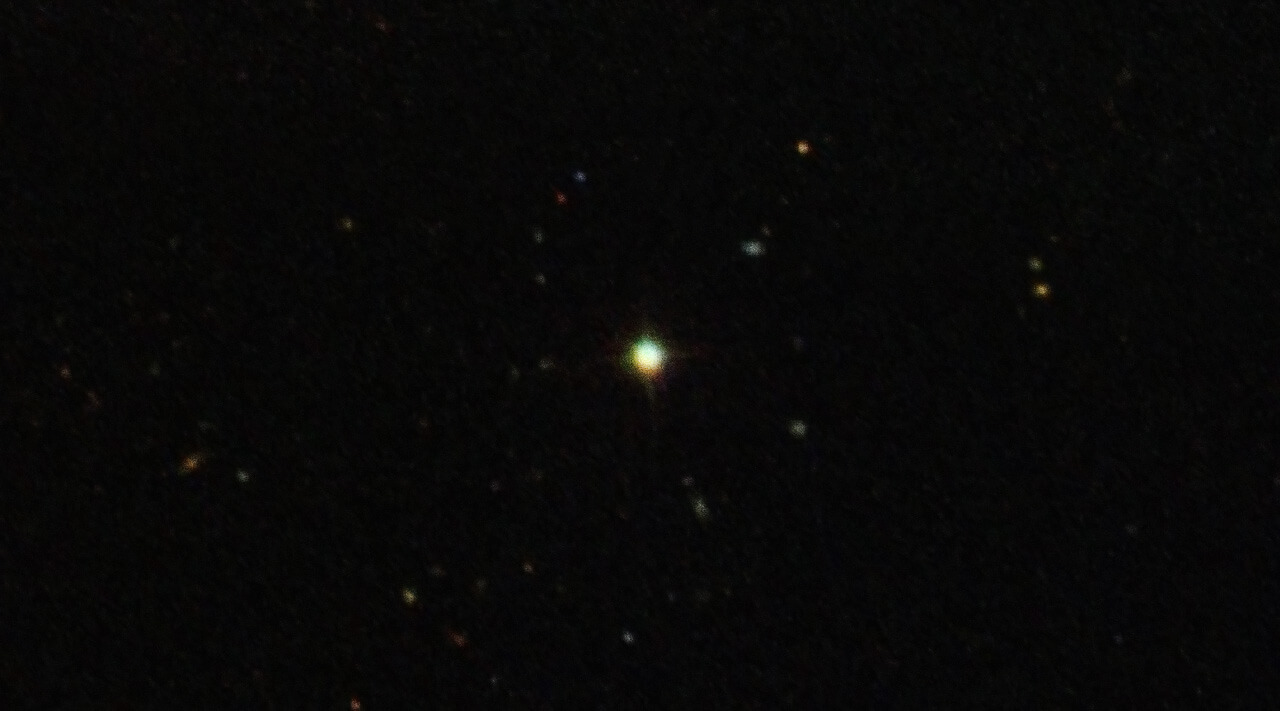Analyzing the chemical composition of more than four hundred stars, astronomers stumbled upon an extremely unusual star, a further study of which showed that it was born outside our Galaxy, and then its star house was absorbed and destroyed by the Milky Way.
The low content of some elements in the star examined by us was previously observed in stars living in dwarf galaxies orbiting the Milky Way, but never encountered in luminaries in the Milky Way itself. This suggests that it was once part of one of these satellites, merged with our galaxy.
The Milky Way has a so-called halo structure around its disk, consisting of old stars that were born in the early stages of its formation. Models of evolution of galaxies predict that it includes the stars that grew in the gas clouds of the developing Milky Way, as well as stars formed in small families, later fallen on it. However, how to distinguish native stars from the immigrants?
Star formation in dwarf galaxies is relatively slow compared to larger structures, which leads to a difference in the ratios of chemical elements registered in stars. For example, the ratio of magnesium content to iron in luminaries in dwarf galaxies wandering around the Milky Way demonstrate a clear difference from most stars inside the Milky Way.
The focus of modern research on the evolution of galaxies is focused on finding evidence for such a formation scenario by observing individual stars in the Milky Way, astronomers note. It is known that stars are formed in the clouds of interstellar gas, and the ratio of the elements of the parent cloud gives them a special chemical signature, so the stars born close to each other have a similar chemical composition.
In order to identify stars that fell into the Milky Way from the outside, astronomers used a spectrograph on the Subaru telescope to obtain the chemical composition of four hundred luminaries with low metal content, previously selected using a LAMOST spectroscope. Astronomers paid special attention to the star J1124 + 4535, living in the constellation Ursa Major: initial observations revealed an unusually low content of some elements, such as magnesium, and further study – a high content of europium. For the first time, a similar ratio of elements is observed in the star of the Milky Way and clearly indicates its extragalactic origin.
A chemical composition similar to J1124 + 4535 was previously detected in some stars in dwarf galaxies orbiting the Milky Way. Thus, we believe that she was born in the now extinct galaxy, which had long ago merged with ours. This supports the current scenario of the formation of the Galaxy, predicted by modeling.
A star from a dead galaxy discovered in the Milky Way
Click To Tweet
The post A star from a dead galaxy discovered in the Milky Way appeared first on Upcosmos.com.
